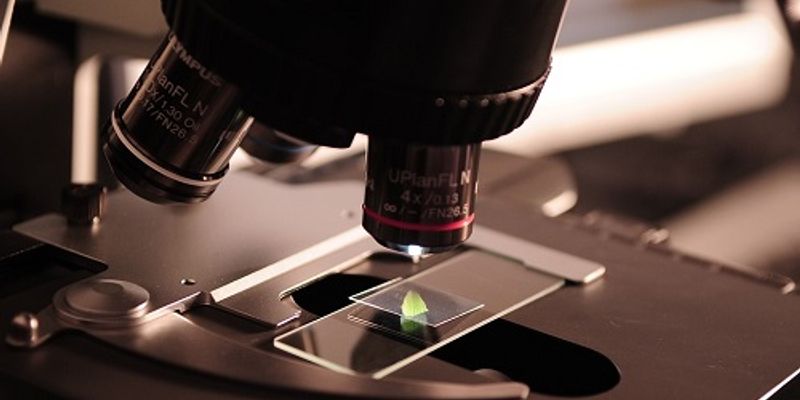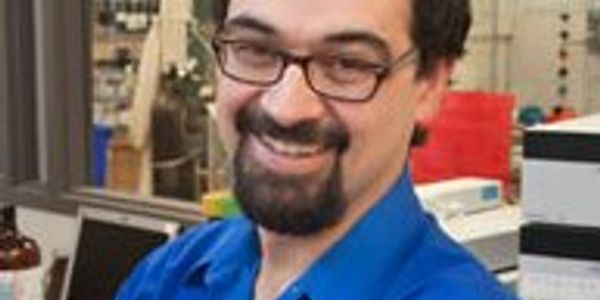Cell Line Development: Stable cell lines are widely used in a number of important applications including biologics (e.g. recombinant protein and monoclonal antibody) production, drug screening, and gene functional studies. The process of developing stable cell lines often starts with transfecting selected host cells, typically CHO or HEK 293 cells, with desired plasmids. After transfection, researchers then screen and quantify high-expressing clones. Once these high producers are identified, the cell lines and/or the proteins produced by the cells are validated. The manual screening methods traditionally used for cell line development are time-consuming and labor-intensive, creating a great demand for high-throughput, automated solutions for such efforts.
-
Since the discovery and maturing of in vitro techniques that characterized neurotransmitter receptor systems in animal and human brain and subsequent development of in vitro and in vivo autor...
Impulsivity can be defined as the tendency to act prematurely without foresight. Behavioural and neurobiological analysis of this construct, based on evidence from both animal and human studi...
Recent advances in noninvasive neuroimaging have set the stage for the systematic exploration of human brain circuits in health and disease. The Human Connectome Project (HCP) is systematical...
The hippocampal formation is one of the most extensively studied regions of the brain, with well described anatomy and basic physiology; moreover, aspects of human memory mediated by hippocam...
The Brain Research through Advancing Innovative Neurotechnologies (BRAIN) Initiative has the ambitious goal of elucidating how neuronal ensembles interactively encode higher brain processes....
The dorsal anterior cingulate cortex (dACC), orbitofrontal cortex (OFC), ventrolateral and ventromedial prefrontal cortex (vlPFC, vmPFC) and their connections with the basal ganglia play a ce...
DATE: Tuesday, March 10, 2015 TIME: 09:00 PST, 11:00 CST, 12:00 EST, 16:00 GMTThe International Myeloma Working Group (IMWG) has issued updated criteria for the diagnosis of multiple...
For more on Gene Editing watch “Webinar: Improve CRISPR-Cas9 experiments with rationally designed guide RNAs”
The CRISPR-Cas9 system is being widely used for genome engineering...
FEB 04, 2015 | 1:30 PM
C.E. CREDITS
The field of surgical research has been growing rapidly with the development of new surgical and disease models. An extremely important and often overlooked aspect of creating these models is...
FEB 04, 2015 | 7:30 AM
C.E. CREDITS
During my presentation, we will discuss:- Normal patterns of behavior (repertoire): social, food intake, territorial, agonistic, anti-predation, sleep and rest, play behavior, grooming, sex...
Advances in stem cell biology have raised great expectations that diseases of the central nervous system may be ameliorated by the development of non-haematopoietic stem cell medicines. Yet,...
In this presentation we will illustrate the advantages of AFA technology in clinically significant applications (NGS, FFPE, ChIP) and will demonstrate the flexibility of Covaris AFA in deliv...
In this webinar, the presenter will discuss:
An Introduction to EPFL’s Core Facility and its role in furthering flow cytometry research
&nb...
























